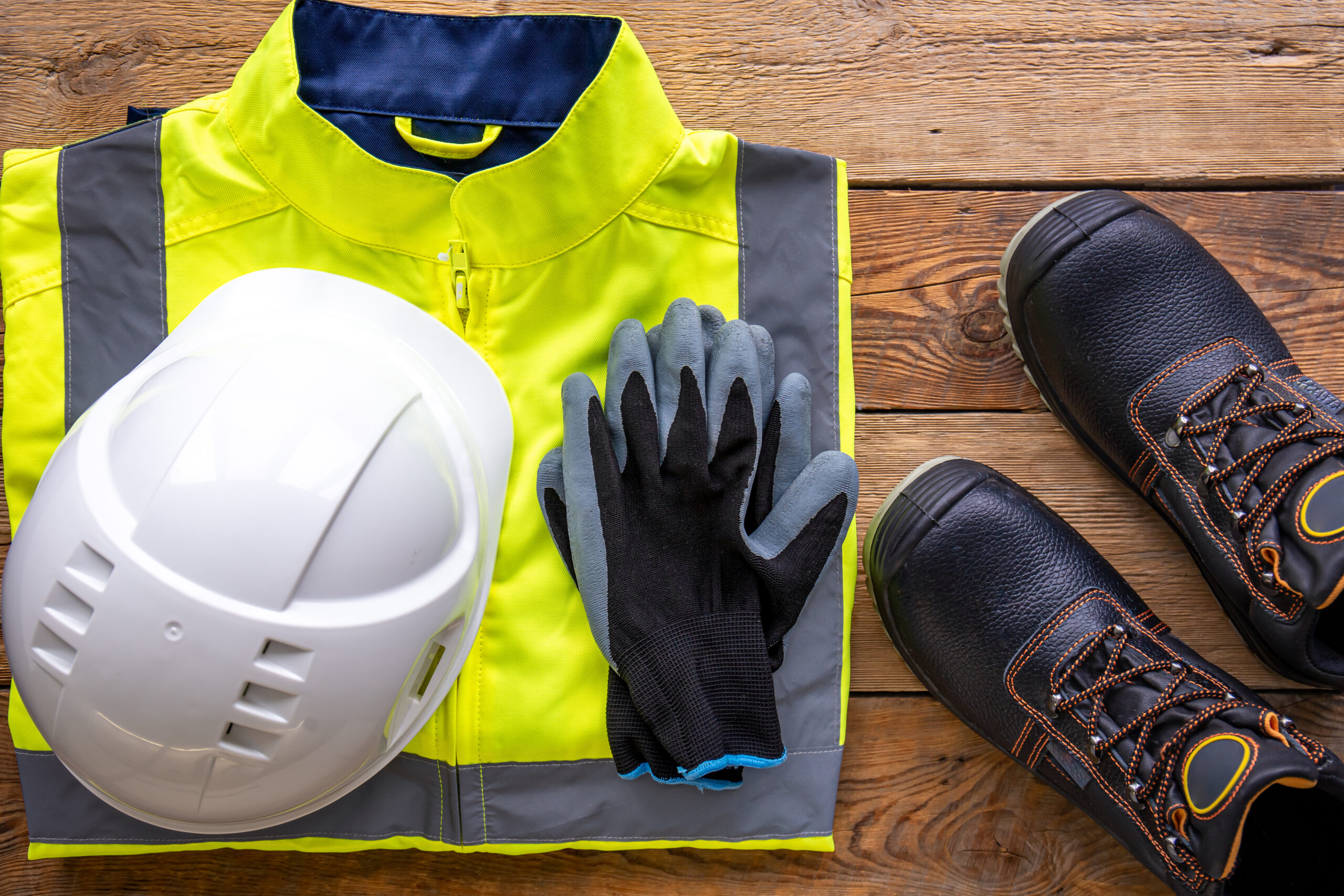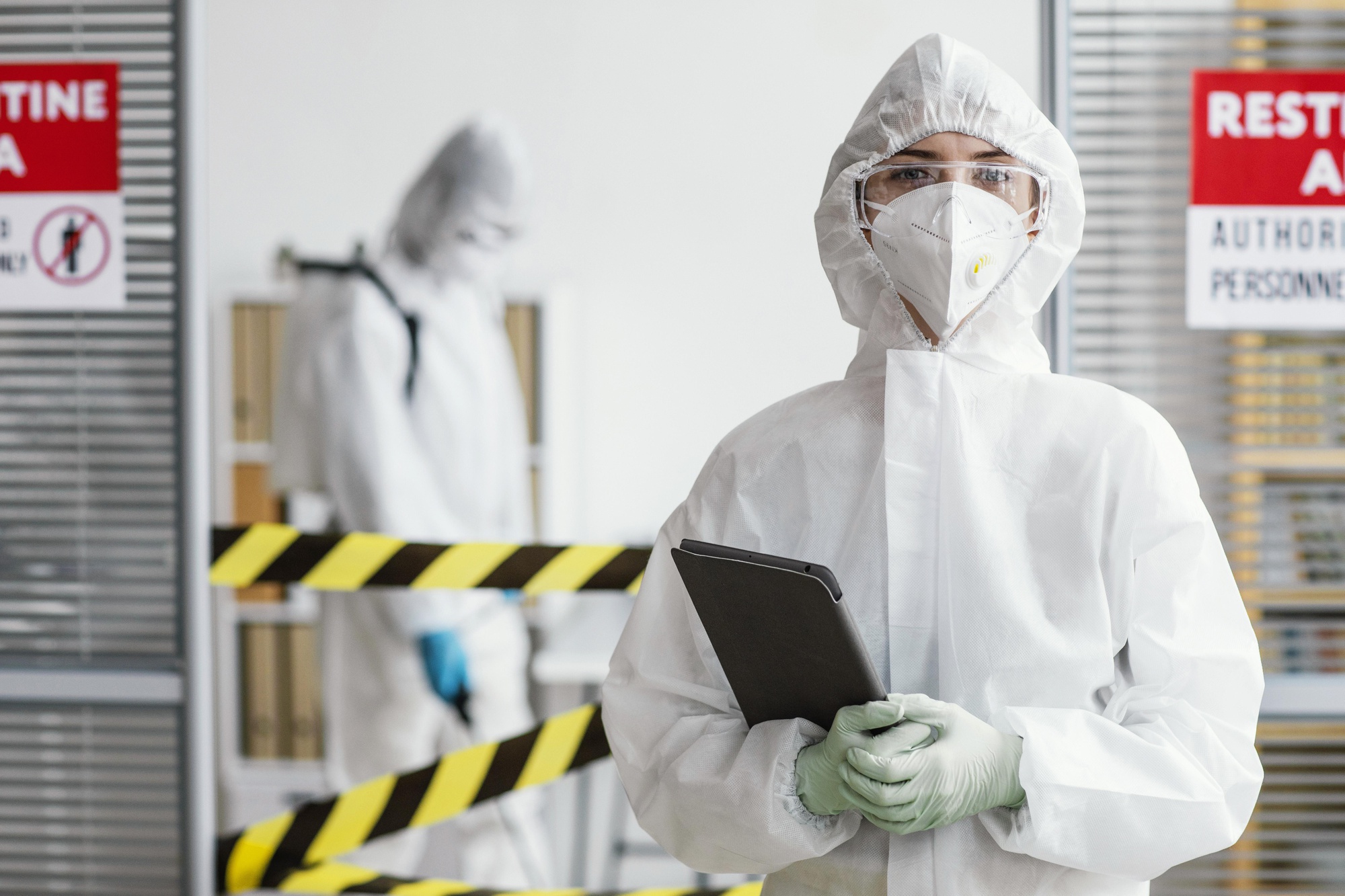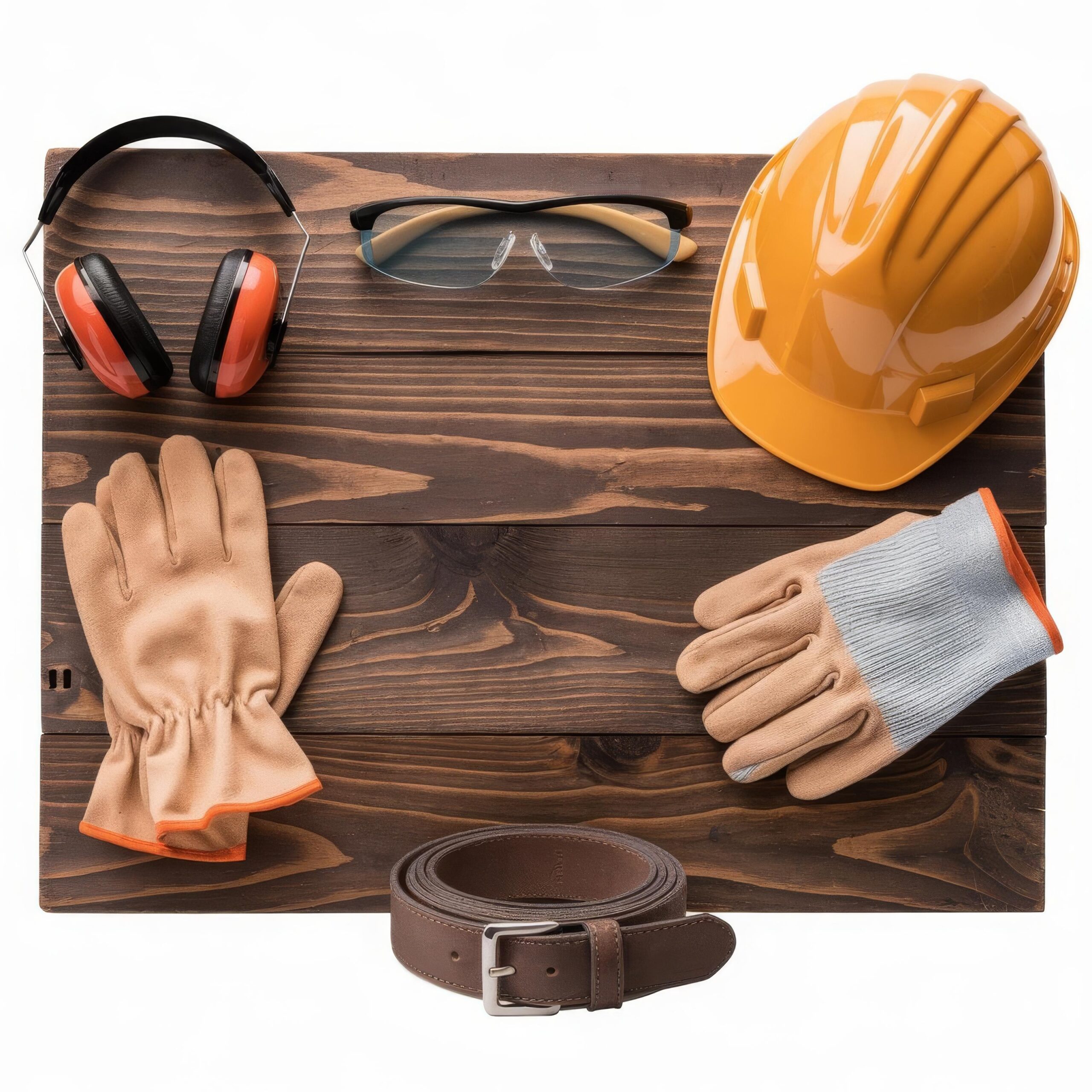Personal Protective Equipment
Personal Protective Equipment (PPE) refers to specialized gear and devices designed to protect individuals from potential hazards in their working environment. PPE plays a crucial role in reducing workplace injuries and illnesses by creating physical barriers between workers and environmental risks. These products are essential in industries ranging from healthcare and construction to manufacturing and chemical processing, where employees may be exposed to harmful substances, mechanical risks, or biological hazards.
Types of PPE Products
1. Head Protection
Helmets/Hard Hats : Designed to protect workers from head injuries caused by falling objects, impacts, or electrical hazards. Bump Caps : Lightweight headgear that offers protection from minor bumps or scrapes in low-risk environments.
2. Eye & Face Protection
Safety Glasses : Provide protection against flying debris, dust, and chemicals. They come with various lens types, such as anti-fog or polarized, for different work environments. Face Shields : Cover the entire face and provide an extra layer of protection against chemicals, molten metal, and biological contaminants. Goggles : Used for protection against hazardous liquids, vapors, or particles. Goggles offer a secure, airtight fit for enhanced protection.
3. Hearing Protection
Earplugs : Inserted into the ear canal to block out harmful noise, often used in high-decibel environments like factories or construction sites. Earmuffs : Provide hearing protection by covering the outer ear, ideal for environments with loud, continuous noise.
4. Respiratory Protection
Face Masks : Including surgical masks and N95 respirators, these protect against airborne pathogens, dust, and other harmful particles. Respirators : Used in environments where workers are exposed to hazardous gases, vapors, or fumes. These devices provide filtered air to the wearer and can be either half-face or full-face models.
5. Hand & Arm Protection
Gloves : Available in a variety of materials, including latex, nitrile, rubber, and leather, gloves protect workers from chemicals, cuts, burns, and infections. Arm Sleeves and Wrist Guards : Provide additional protection to arms and wrists against abrasion, burns, or electrical hazards.
6. Foot & Leg Protection
Safety Boots : Equipped with steel toes or composite materials, safety boots protect against crushing injuries, punctures, and slips. Knee Pads : Provide cushioning and protection against prolonged kneeling or exposure to rough surfaces.
7. Body Protection
Coveralls/Overalls : Full-body protection against hazardous materials, contaminants, and environmental conditions. High-Visibility Clothing : Designed to make workers more visible in low-light conditions, such as reflective vests and jackets used by construction or road workers.
8. Fall Protection
Harnesses and Lanyards : Used in high-altitude work, such as construction and tower maintenance, these products prevent falls and ensure worker safety. Anchor Points and Safety Nets : Provide additional fall protection for workers operating at elevated heights.
9. Chemical Protection
Chemical-Resistant Suits : Specially designed garments made from materials that protect against hazardous chemicals and toxic substances. Splash Goggles and Face Shields : Provide protection against liquid splashes in industries dealing with hazardous chemicals.

Head Protection
Helmets/Hard Hats : Designed to protect workers from head injuries caused by falling objects, impacts, or electrical hazards. Bump Caps : Lightweight headgear that offers protection from minor bumps or scrapes in low-risk environments.

Eye & Face Protection
Safety Glasses : Provide protection against flying debris, dust, and chemicals. They come with various lens types, such as anti-fog or polarized, for different work environments. Face Shields : Cover the entire face and provide an extra layer of protection against chemicals, molten metal, and biological contaminants. Goggles : Used for protection against hazardous liquids, vapors, or particles. Goggles offer a secure, airtight fit for enhanced protection.

Hearing Protection
Earplugs : Inserted into the ear canal to block out harmful noise, often used in high-decibel environments like factories or construction sites. Earmuffs : Provide hearing protection by covering the outer ear, ideal for environments with loud, continuous noise.

Respiratory Protection
Face Masks : Including surgical masks and N95 respirators, these protect against airborne pathogens, dust, and other harmful particles. Respirators : Used in environments where workers are exposed to hazardous gases, vapors, or fumes. These devices provide filtered air to the wearer and can be either half-face or full-face models.

Hand & Arm Protection
Gloves : Available in a variety of materials, including latex, nitrile, rubber, and leather, gloves protect workers from chemicals, cuts, burns, and infections. Arm Sleeves and Wrist Guards : Provide additional protection to arms and wrists against abrasion, burns, or electrical hazards.

Foot & Leg Protection
Safety Boots : Equipped with steel toes or composite materials, safety boots protect against crushing injuries, punctures, and slips. Knee Pads : Provide cushioning and protection against prolonged kneeling or exposure to rough surfaces.

Fall Protection
Harnesses and Lanyards : Used in high-altitude work, such as construction and tower maintenance, these products prevent falls and ensure worker safety. Anchor Points and Safety Nets : Provide additional fall protection for workers operating at elevated heights.

Body Protection
Coveralls/Overalls : Full-body protection against hazardous materials, contaminants, and environmental conditions. High-Visibility Clothing : Designed to make workers more visible in low-light conditions, such as reflective vests and jackets used by construction or road workers.

Chemical Protection
Chemical-Resistant Suits : Specially designed garments made from materials that protect against hazardous chemicals and toxic substances. Splash Goggles and Face Shields : Provide protection against liquid splashes in industries dealing with hazardous chemicals.
Importance of PPE
Injury Prevention
The primary role of PPE is to prevent injuries in hazardous work environments. By providing a physical barrier between workers and workplace risks, PPE reduces the likelihood of accidents and promotes a safer working environment.
Compliance with Regulations
Many industries are governed by strict health and safety regulations, such as OSHA (Occupational Safety and Health Administration) standards in the U.S. PPE is a critical component of compliance in industries like construction, healthcare, and manufacturing.
Health Protection
PPE protects against both short-term and long-term health issues, including respiratory diseases, skin conditions, and hearing loss. This is especially important in environments with exposure to hazardous chemicals, infectious agents, or extreme temperatures.
Boosting Productivity
When workers feel safe and protected, they are more likely to be productive and focused on their tasks. PPE can help reduce downtime caused by injuries and improve overall operational efficiency.
Long-Term Well-being
PPE helps prevent chronic conditions like hearing loss, respiratory disorders, and musculoskeletal injuries that can result from long-term exposure to workplace hazards.
Choosing the Right PPE
Get in touch today to learn how we can help you grow your business with products that are rich in quality, tradition, and innovation.









